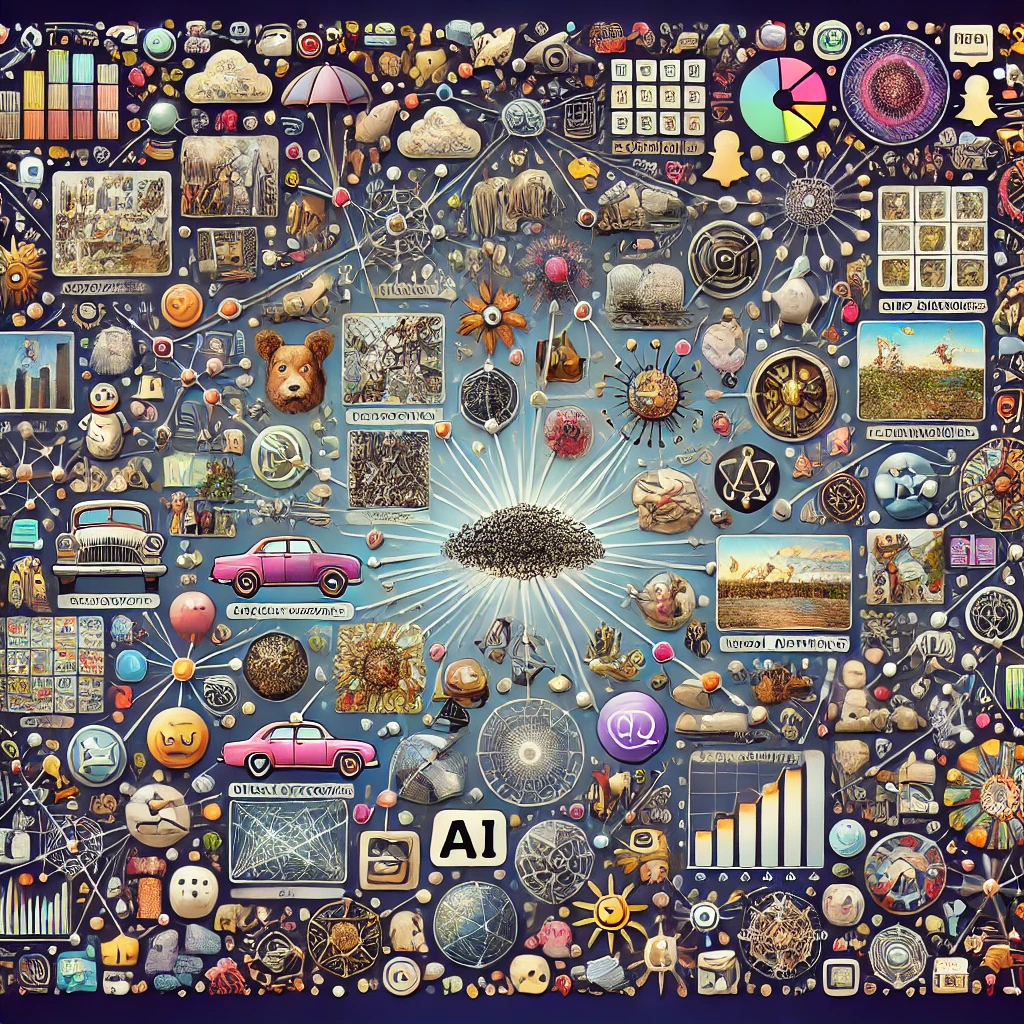In the world of Artificial Intelligence (AI), one innovation stands out for revolutionizing how machines understand and generate human language: the transformer. Developed by researchers at Google in 2017, the transformer has become the foundation for numerous language models, including the technology that powers how we interact with AI systems today. This article dives into the development of the transformer, what it does, and how it enables natural language communication with AI.
Development of the transformer
The transformer architecture was introduced in a groundbreaking paper titled “Attention Is All You Need”. The team, including Vaswani et al., set out to improve upon previous sequence models used for language tasks like translation. Before the transformer, models like Recurrent Neural Networks (RNNs) and Long Short-Term Memory networks (LSTMs) were dominant but had limitations in capturing long-range dependencies in text. The transformer addressed this issue by introducing a mechanism called self-attention, allowing the model to weigh the importance of each word in a sentence relative to all other words.
What Does the transformer Do?
At its core, the transformer model is a neural network designed to process sequential data like text, speech, or even images. Its primary innovation lies in its attention mechanism, which helps it focus on different parts of an input sequence (like words in a sentence) in parallel, rather than processing them one by one. This makes it highly efficient and scalable for tasks such as:
- Language Translation
- Text Generation
- Summarization
- Speech Recognition
Through these tasks, the transformer can understand and generate language in ways that feel very natural to humans. It is indeed the key technology that allows us to communicate with AI in natural language.
The Key to Talking to AI in Natural Language
Yes, the transformer is the key to how AI can understand and generate natural language. Its architecture enables models to grasp the nuances of language, such as context, idiomatic expressions, and grammar. Thanks to the ability to process long sequences and weigh the importance of each word relative to others, Transformers allow AI to hold coherent conversations, answer questions, and translate between languages.
For example, when you ask an AI a question, it uses a transformer-based model to understand your query, break it down into components, and generate a meaningful response. The result is AI that can hold conversations in a way that feels intuitive and human-like.
Does the transformer Speak and Understand All Major Languages?
Yes, models based on the transformer, like GPT and BERT, have been trained on massive datasets that include text in many of the world’s major languages, from English and Spanish to Mandarin and Hindi. However, the performance of the model may vary depending on the amount of training data available for each language. Major languages with abundant digital text tend to perform better, while less-documented languages may face challenges in accuracy and fluency.
Can You Use Your Mother Language and Output in Other Languages?
Yes, transformer-based models can handle multilingual tasks. You can input text in one language, say Tagalog, and request the output in another language, like French. This capability is a direct result of the self-attention mechanism and the model’s ability to capture relationships between words and concepts across different languages. In fact, transformer models used in tools like Google Translate are specifically designed for this kind of cross-lingual understanding.
Does the transformer Use One Single Language for Its Internal Use?
Internally, transformer models don’t rely on a specific language. Instead, they operate on mathematical representations of language known as vectors. When the model reads a sentence, it converts each word into a vector in a high-dimensional space, where similar words are closer to each other in terms of meaning. The model then performs operations on these vectors to understand relationships between words, phrases, and sentences. This vector-based representation enables the model to work with many languages without needing to rely on a single one.
Is the transformer Based on Math and Vectors?
Yes, the foundation of the transformer’s functionality is built upon mathematics and vectors. Words are encoded into high-dimensional vectors using techniques like word embeddings (e.g., Word2Vec, GloVe), which capture semantic information. These vectors then undergo mathematical transformations in the model, particularly through matrix multiplication and attention mechanisms, to derive meaning from text.
The mathematical operations involved allow the transformer to understand the context of words based on their relationships in a sentence. By working with vectors, the model doesn’t just rely on a word’s position but understands its meaning based on the surrounding context. This is the essence of what enables the model to capture the complexities of language and produce human-like text.
Conclusion
The transformer is indeed a monumental breakthrough in AI, particularly for natural language processing (NLP). It has enabled the development of models that allow us to communicate naturally with AI, supporting multiple languages and even performing complex tasks like translation between them. Internally, the transformer processes language through mathematical operations and vectors, making it versatile and powerful across many languages and tasks.
Whether we’re interacting with AI in English, Tagalog, or another language, the transformer allows us to bridge the gap between human speech and machine understanding, making conversations with AI smoother and more intuitive.
“I, Evert-Jan Wagenaar, resident of the Philippines, have a warm heart for the country. The same applies to Artificial Intelligence (AI). I have extensive knowledge and the necessary skills to make the combination a great success. I offer myself as an external advisor to the government of the Philippines. Please contact me using the Contact form or email me directly at evert.wagenaar@gmail.com!”
[SEO optimized]
